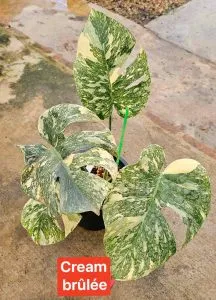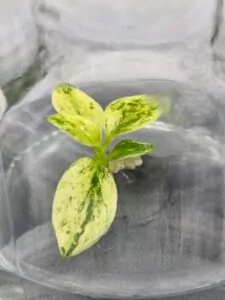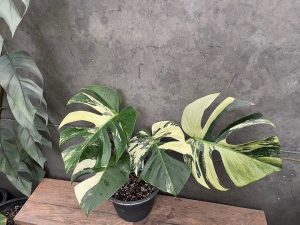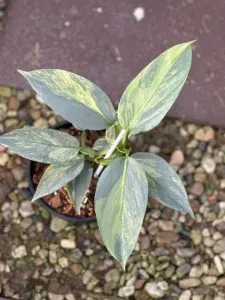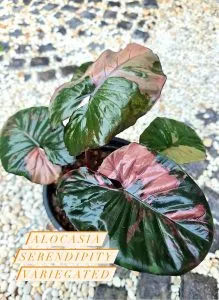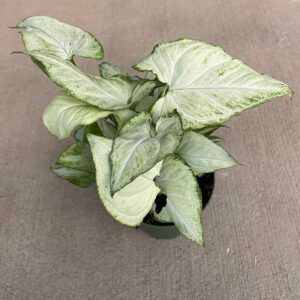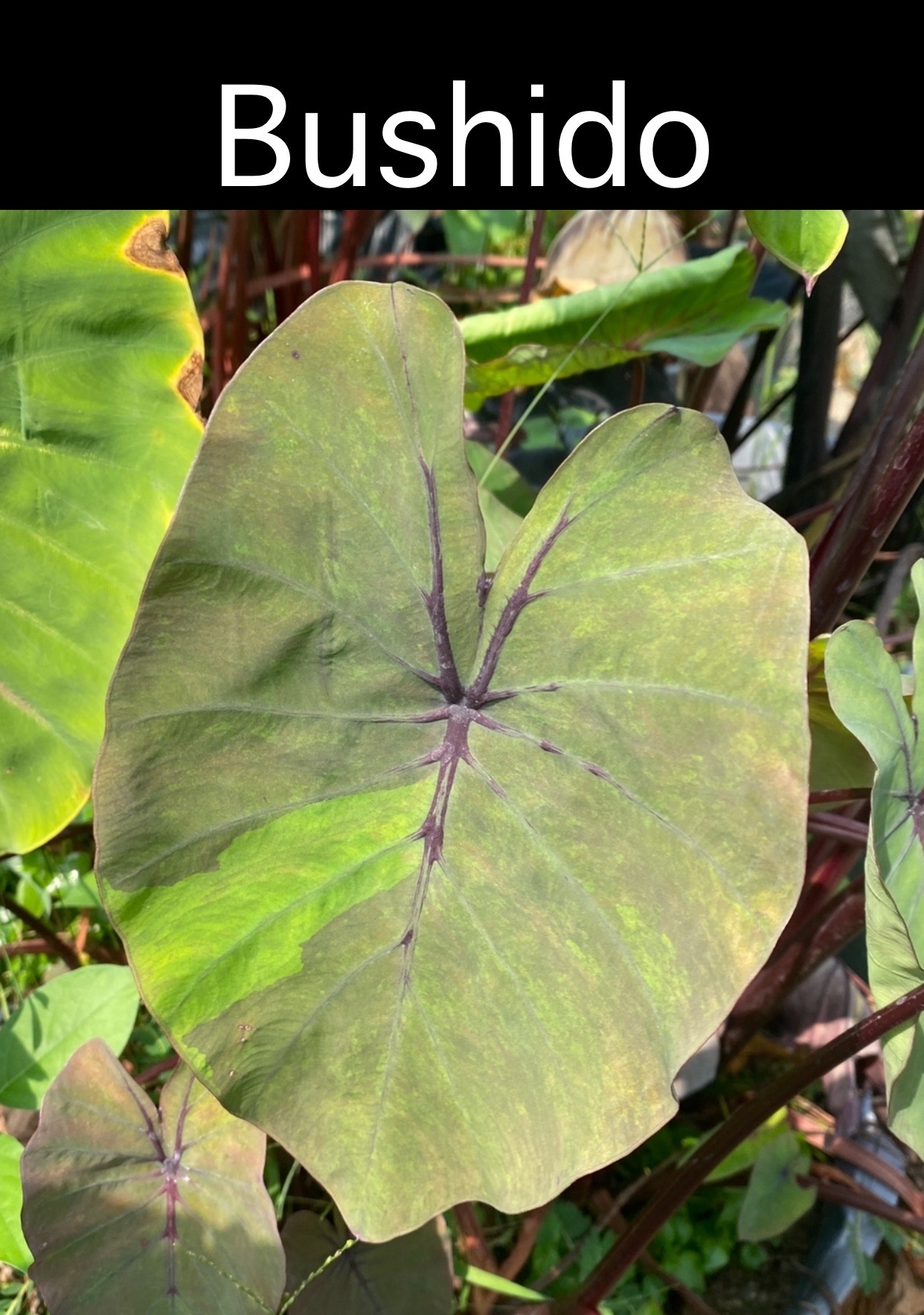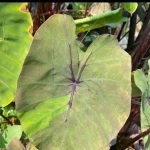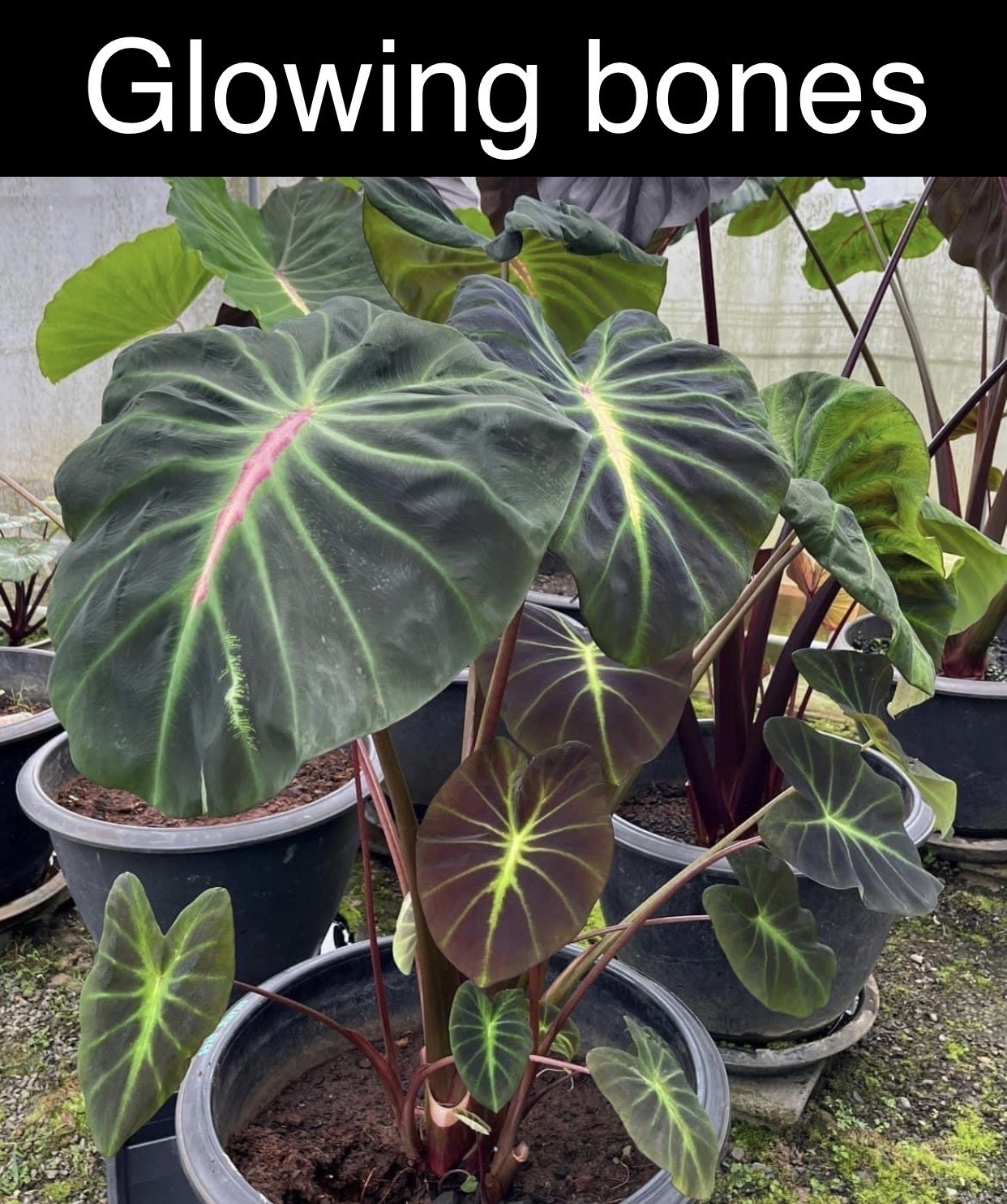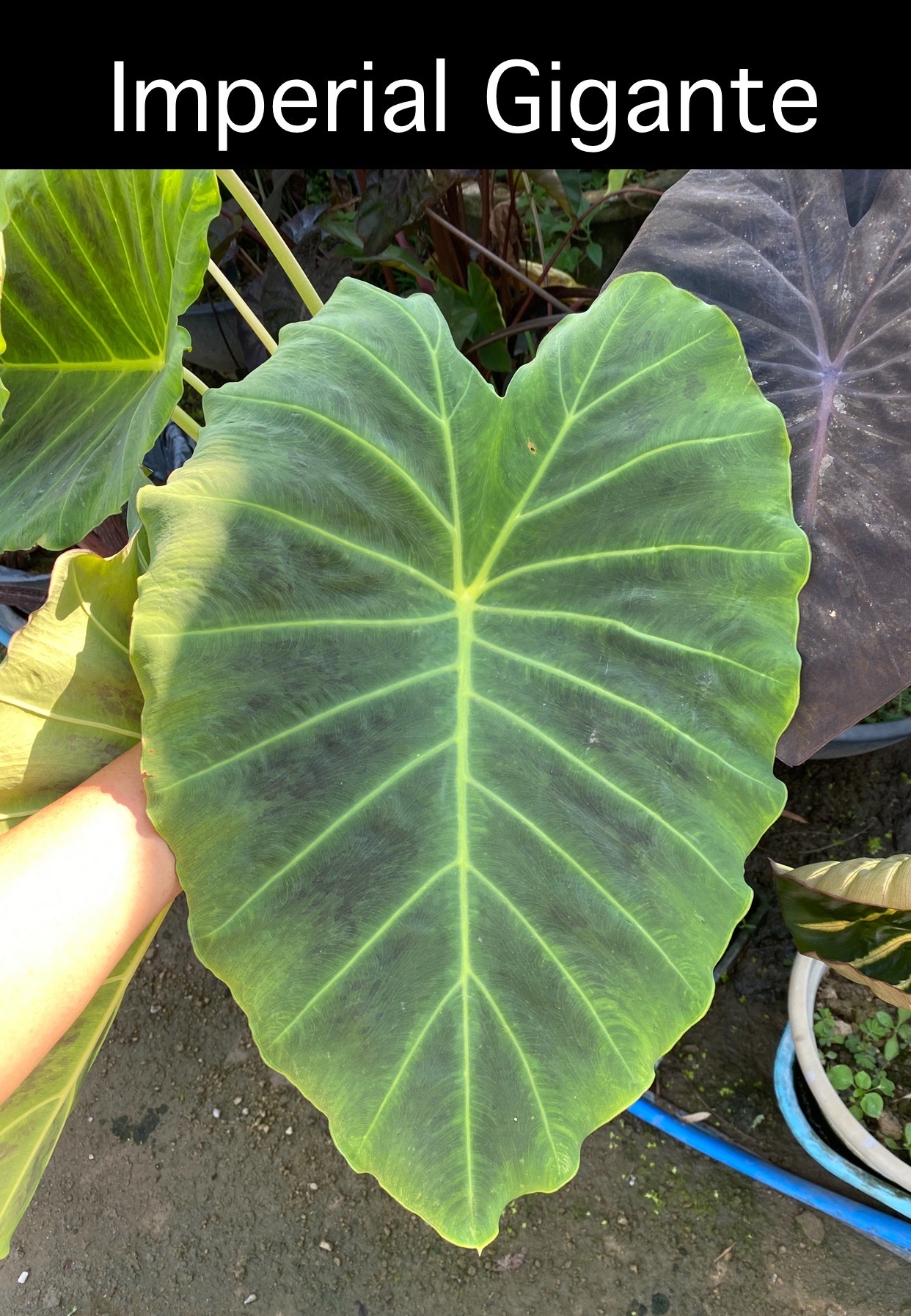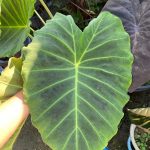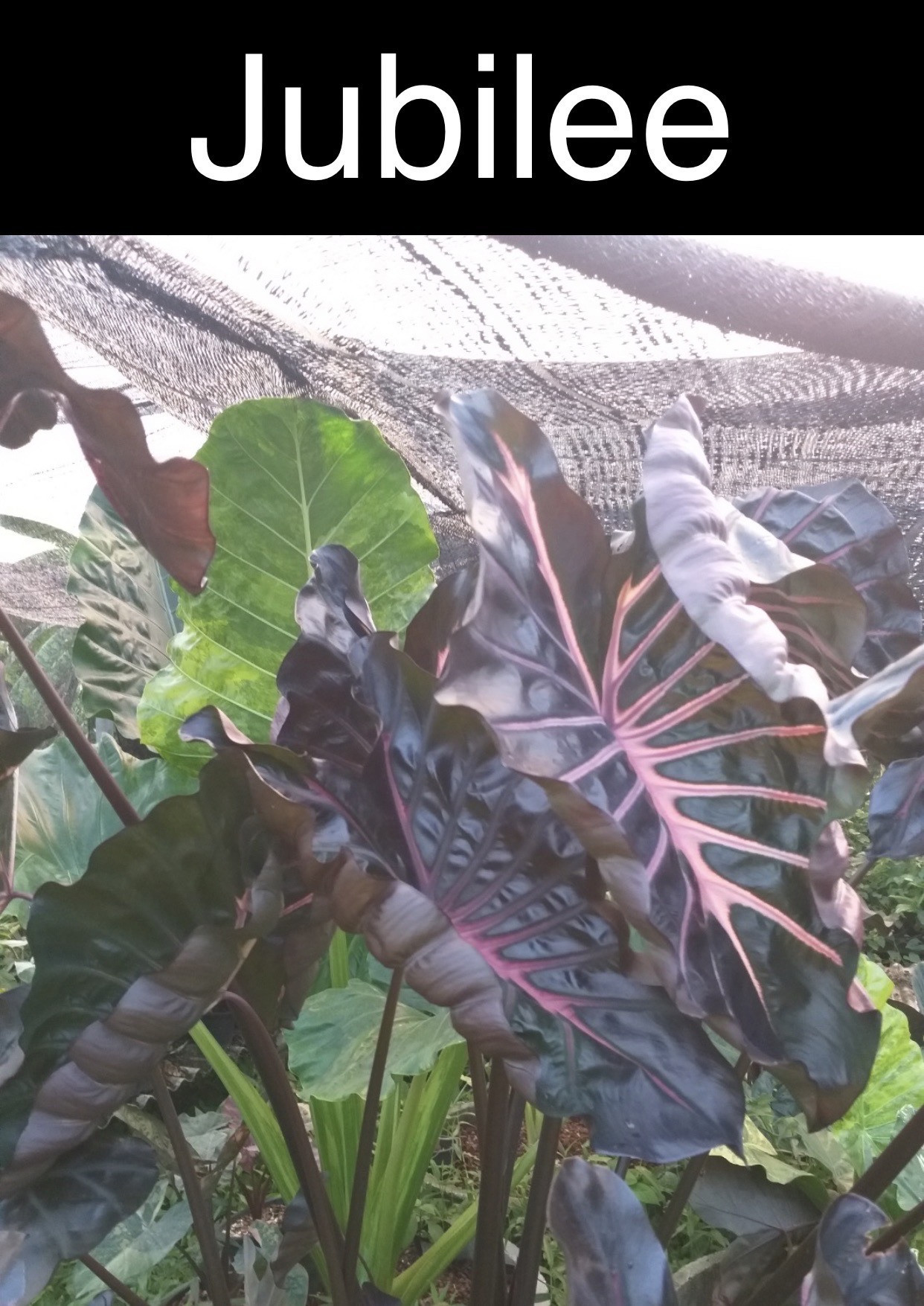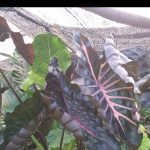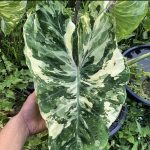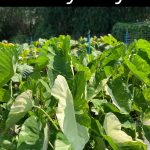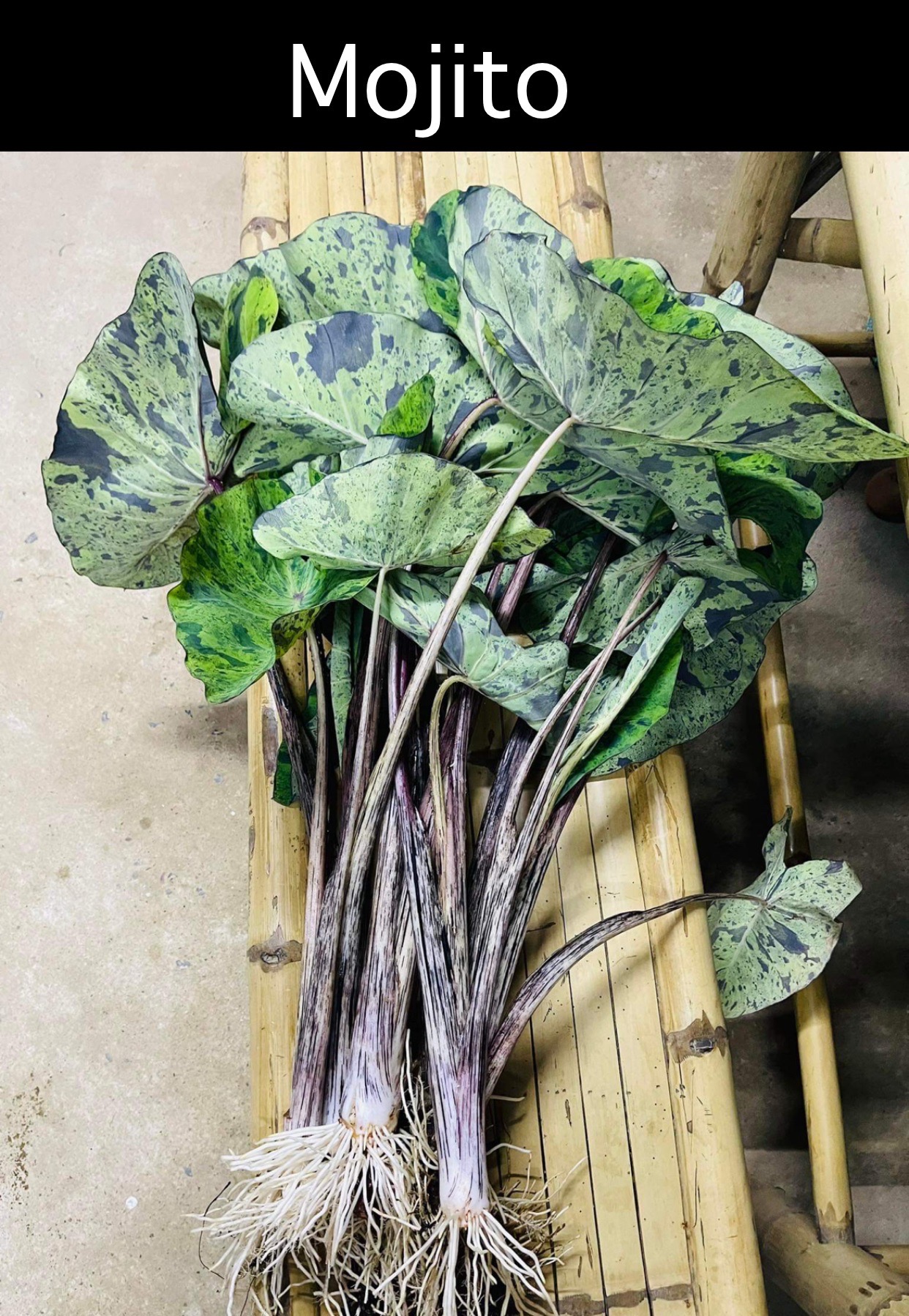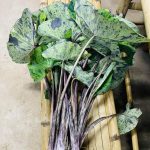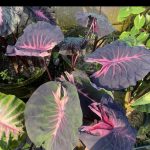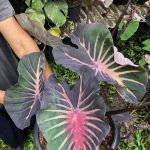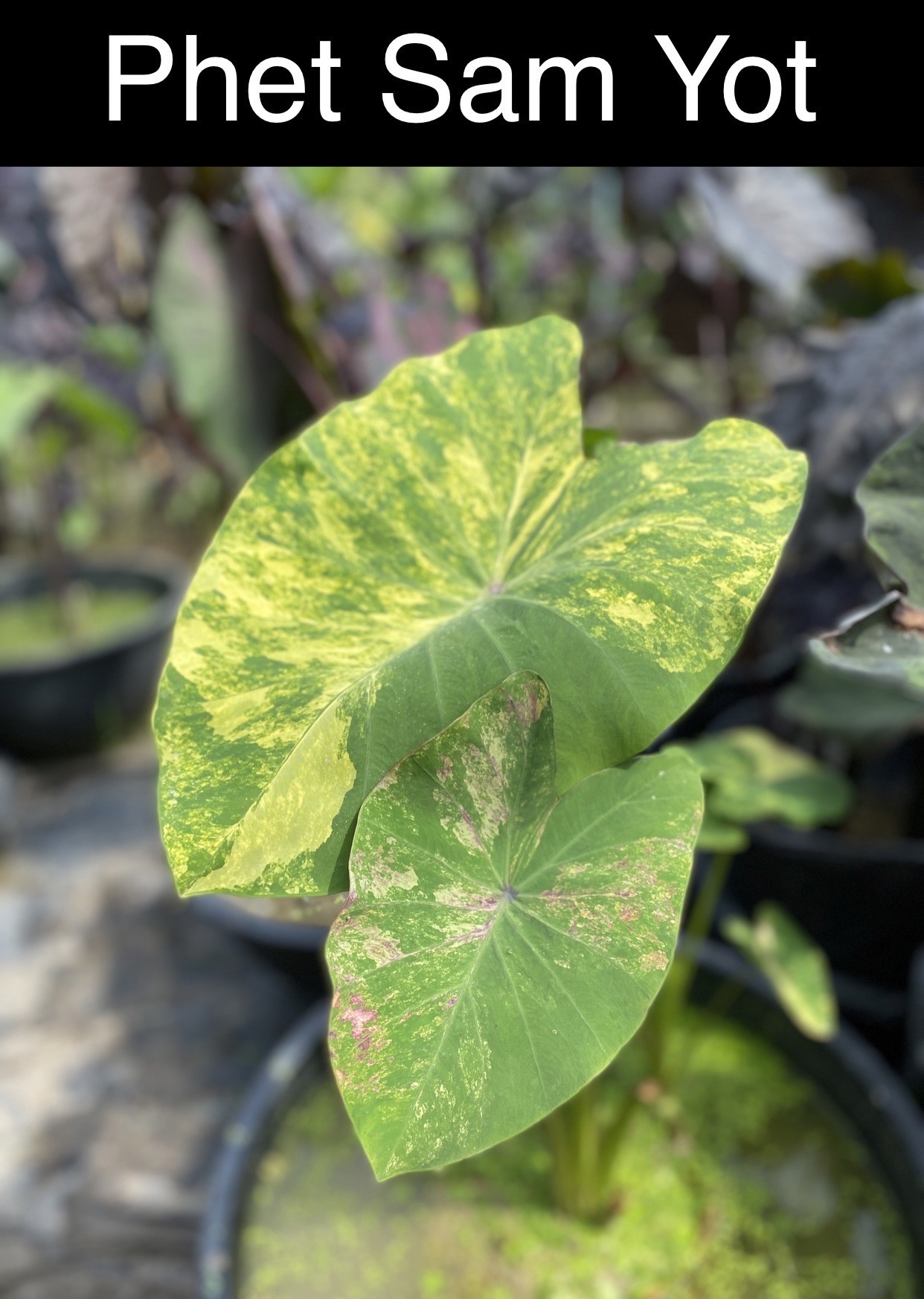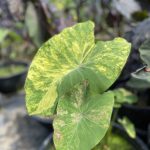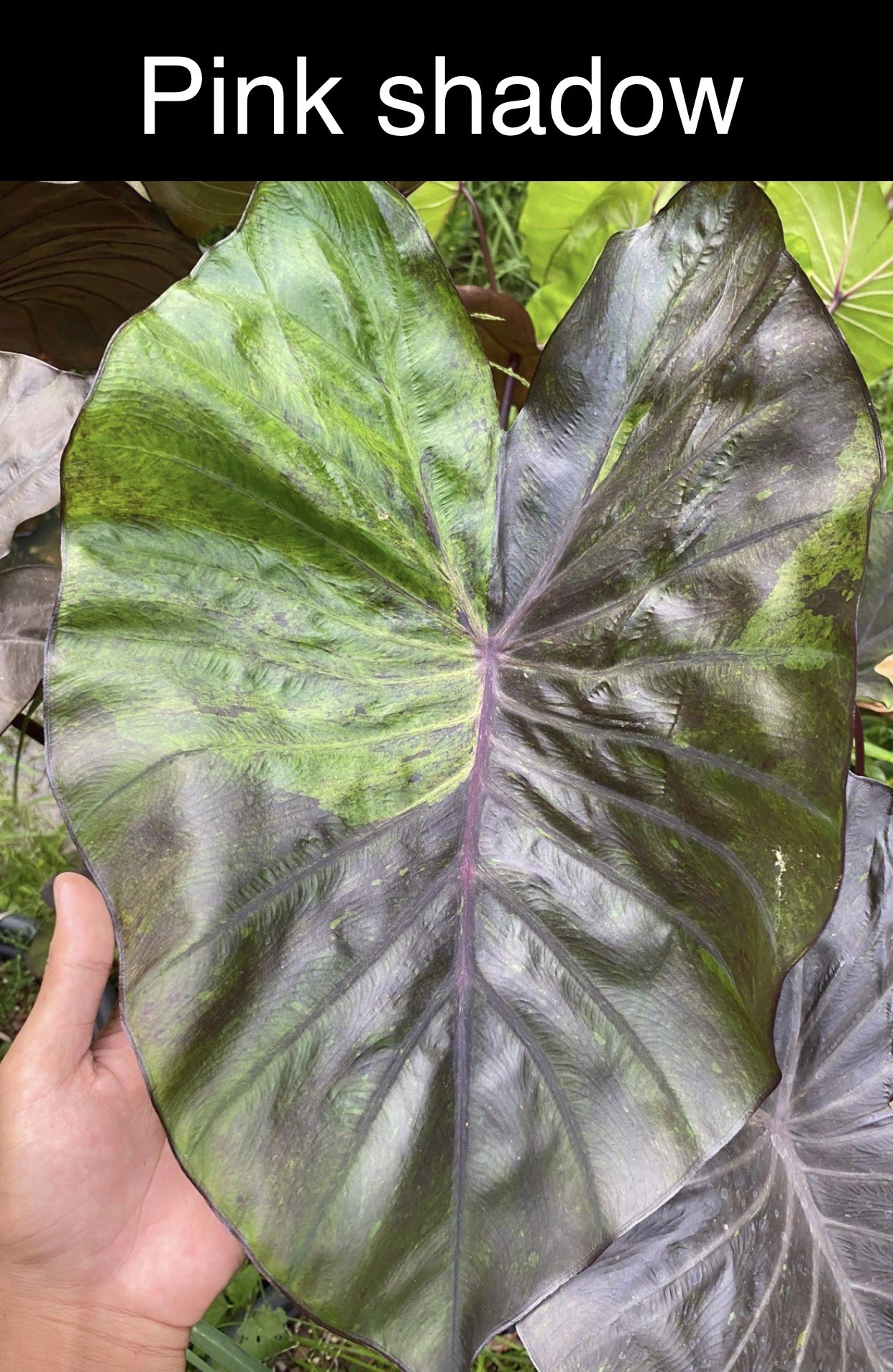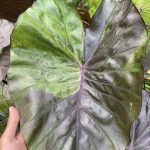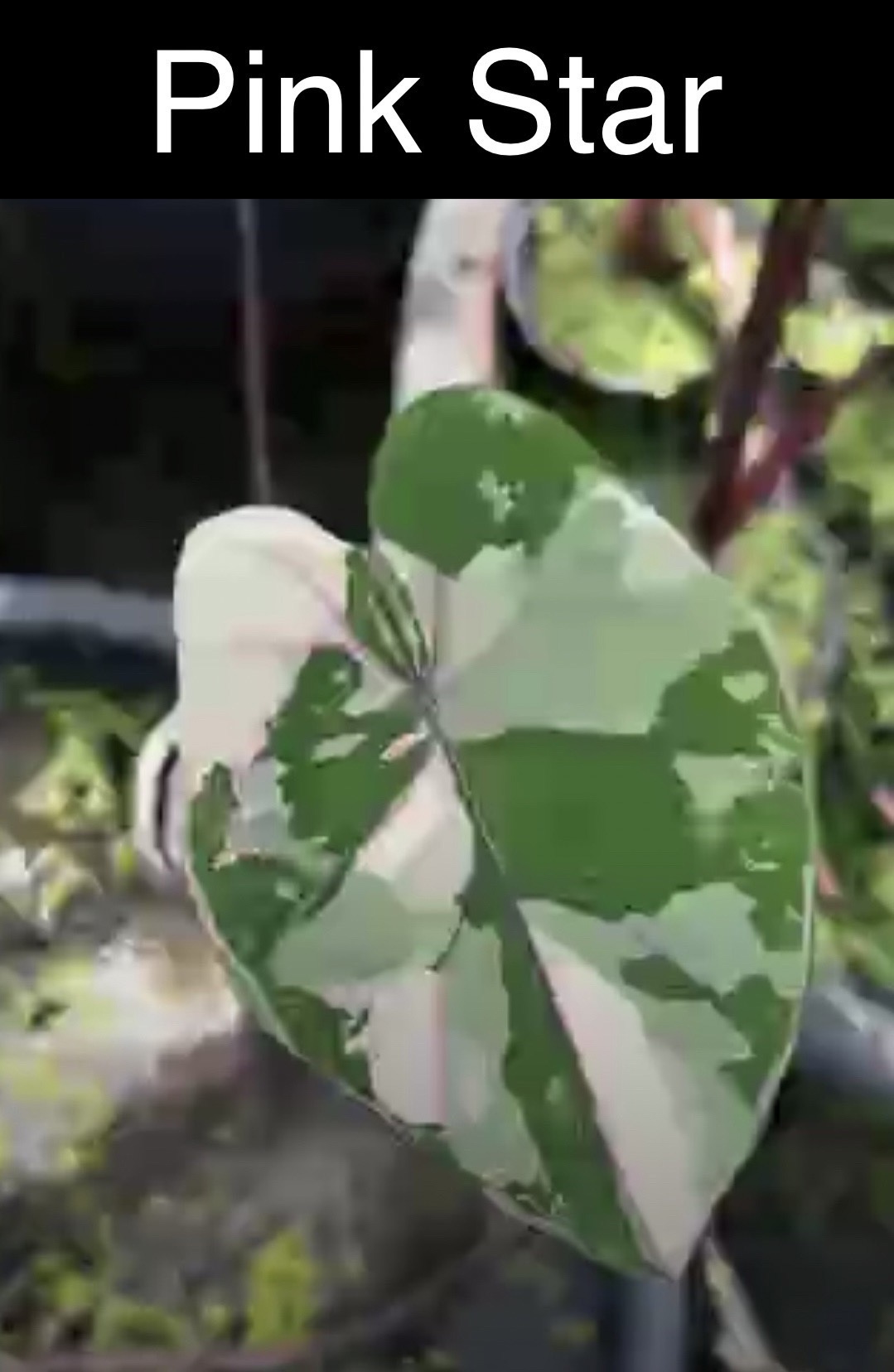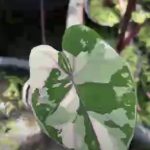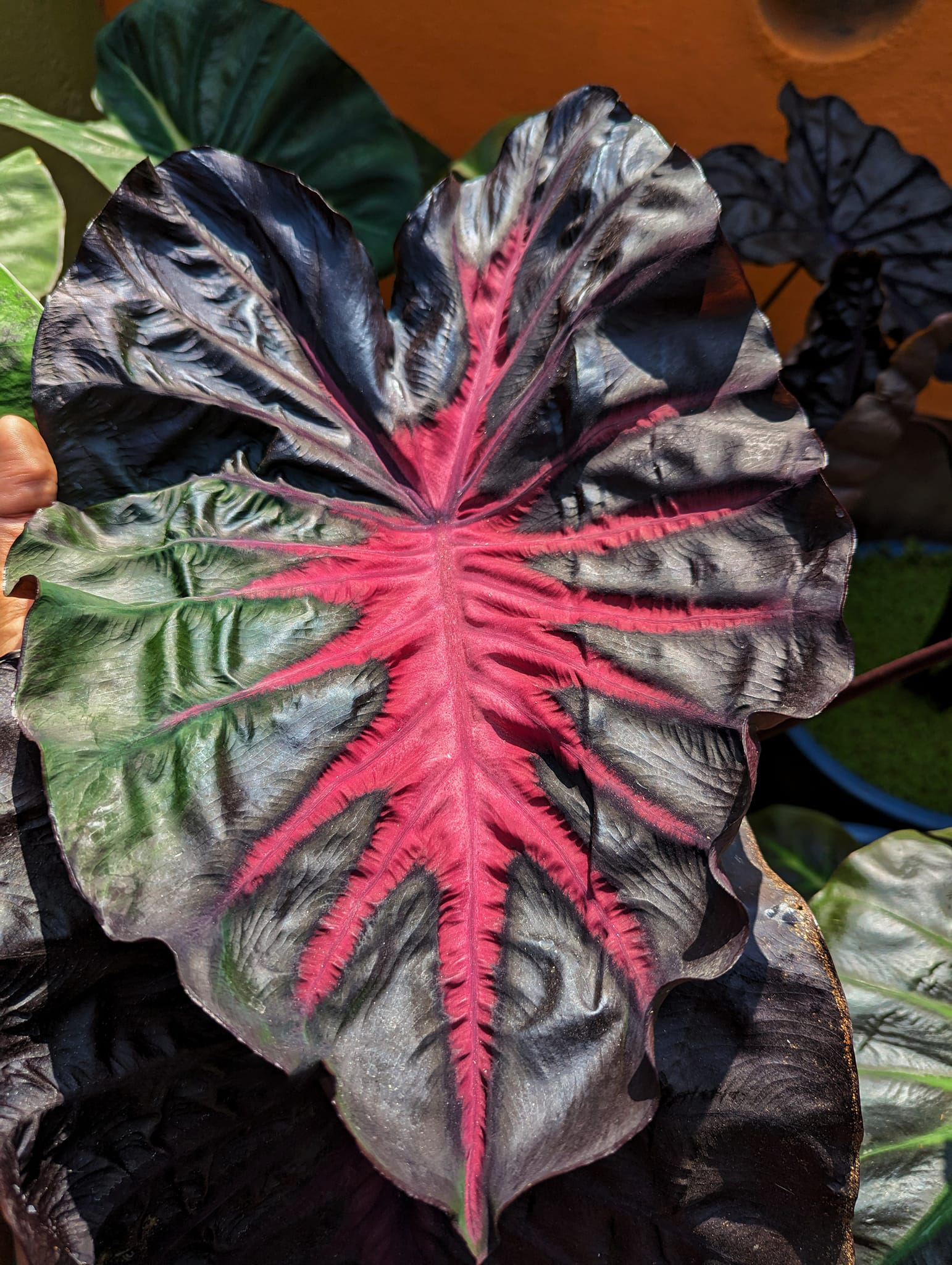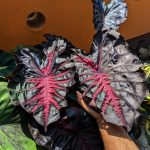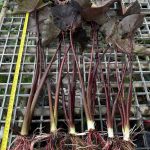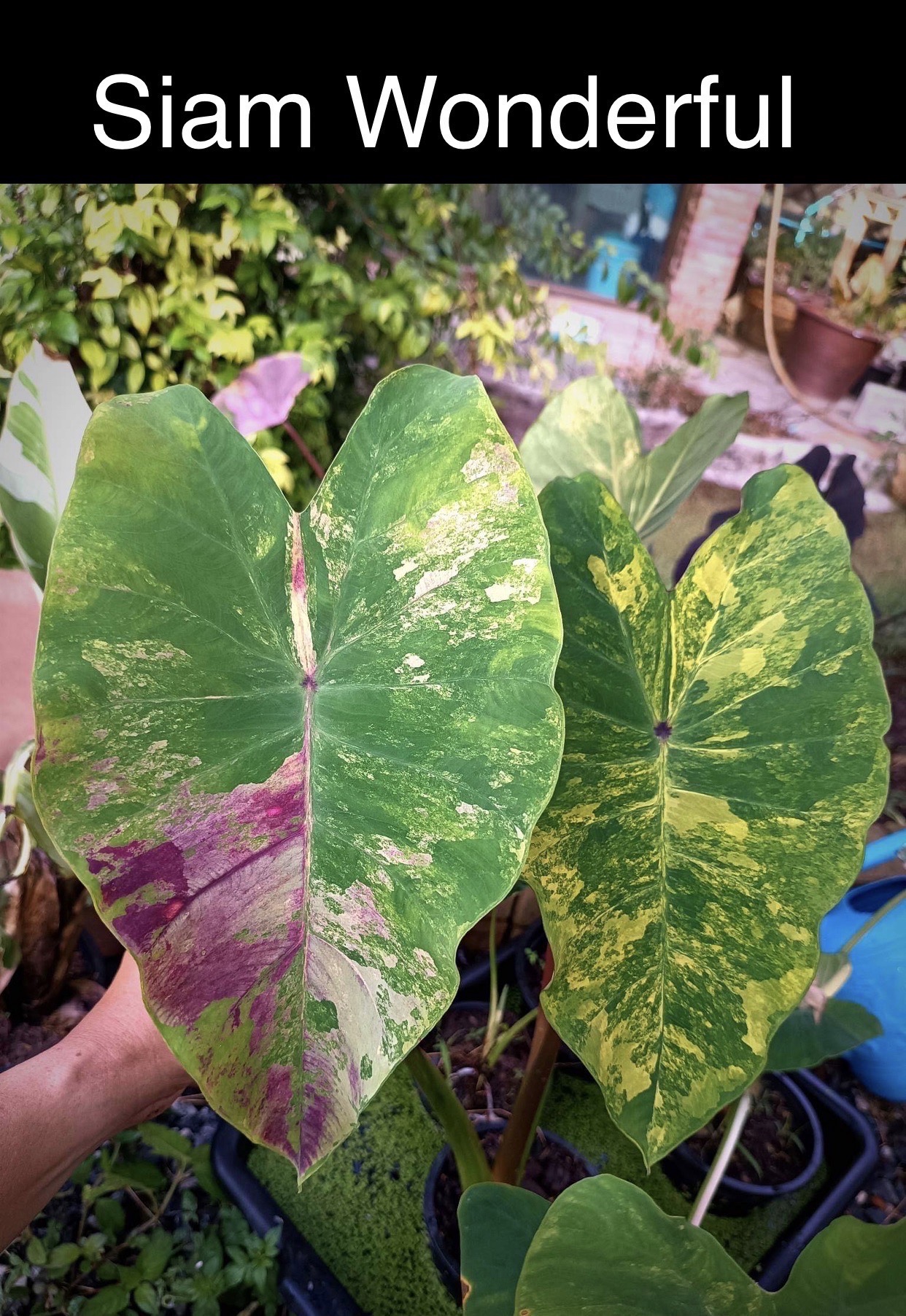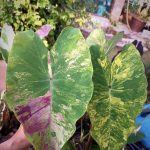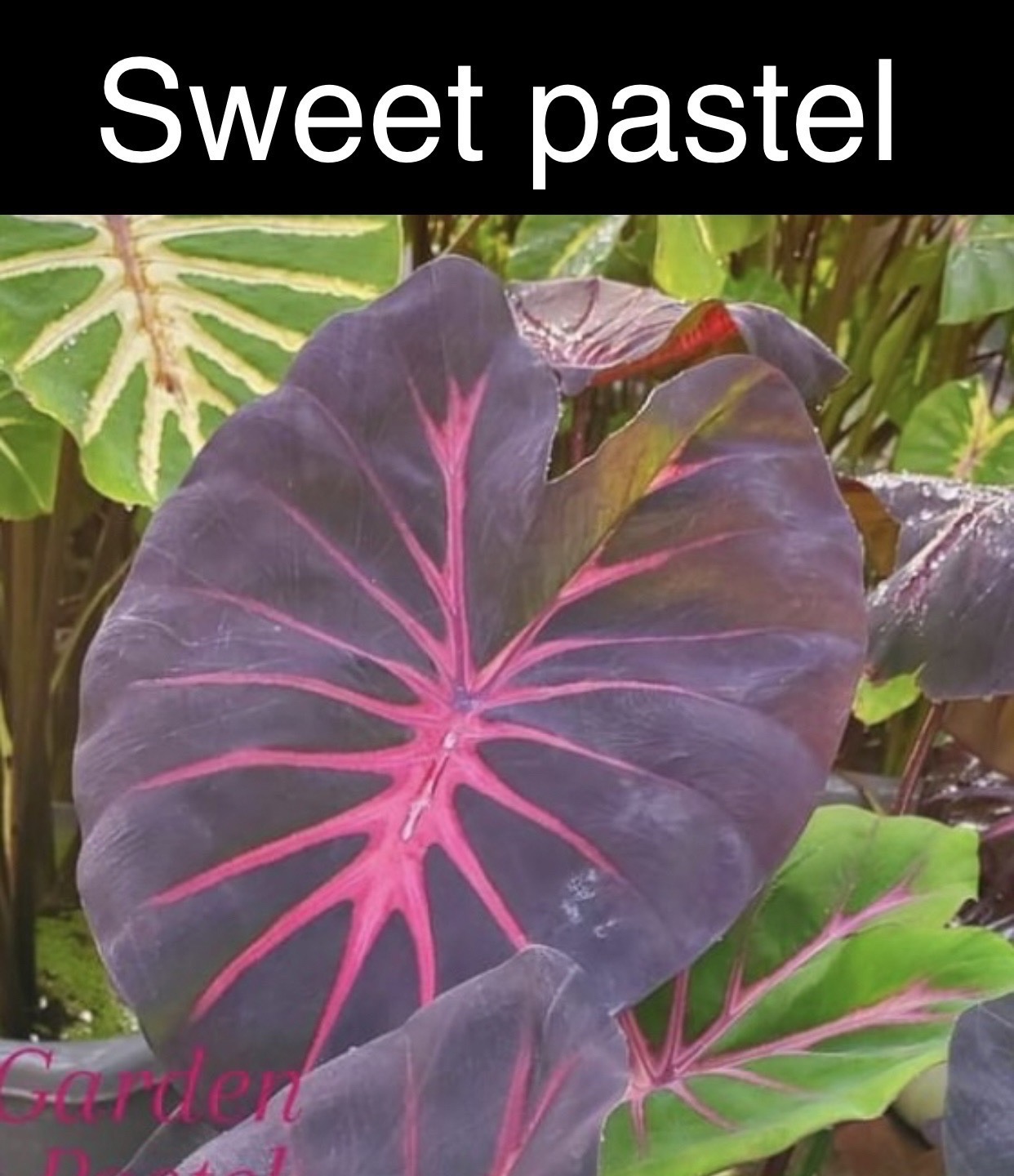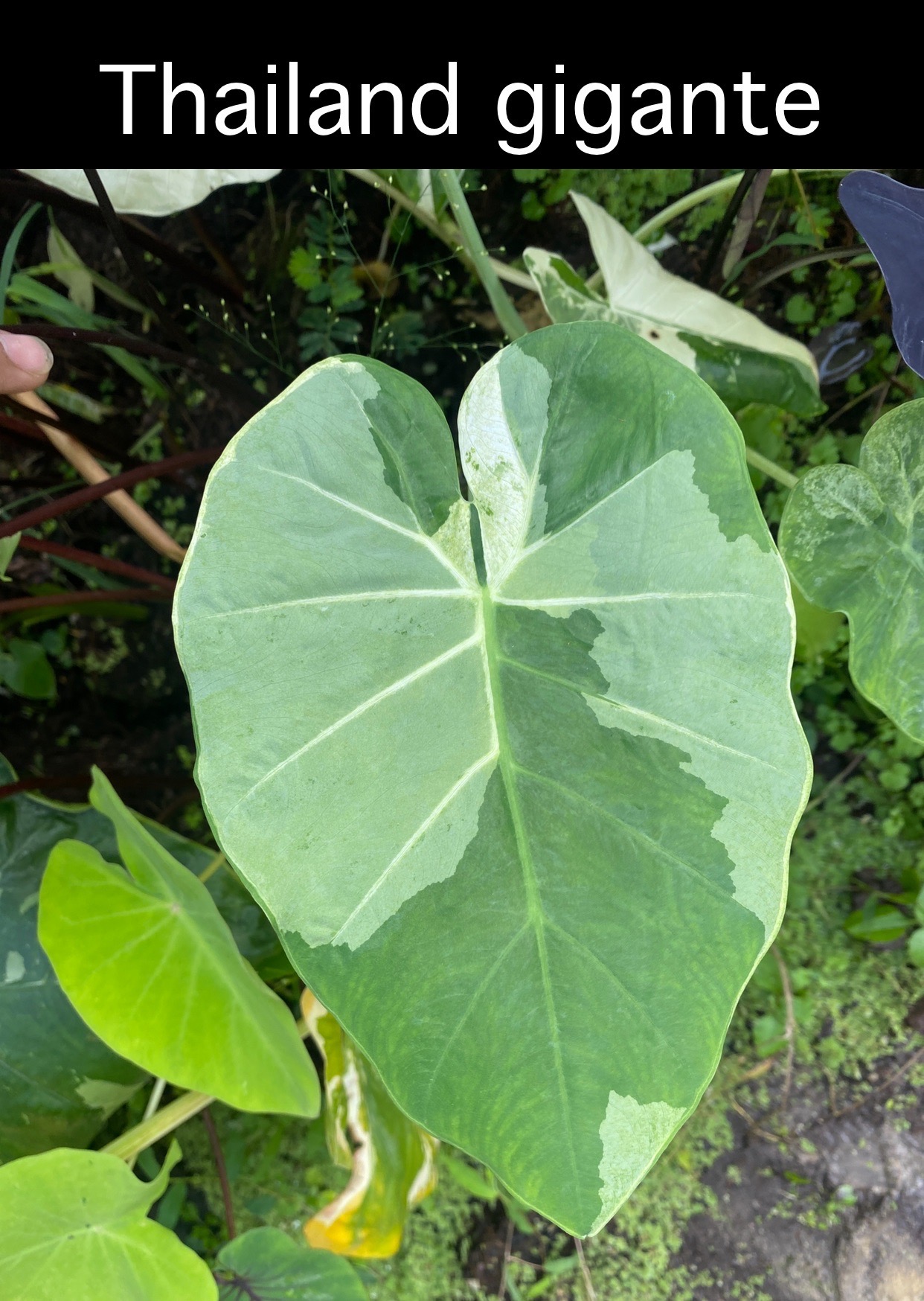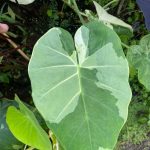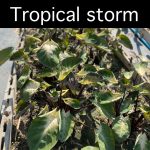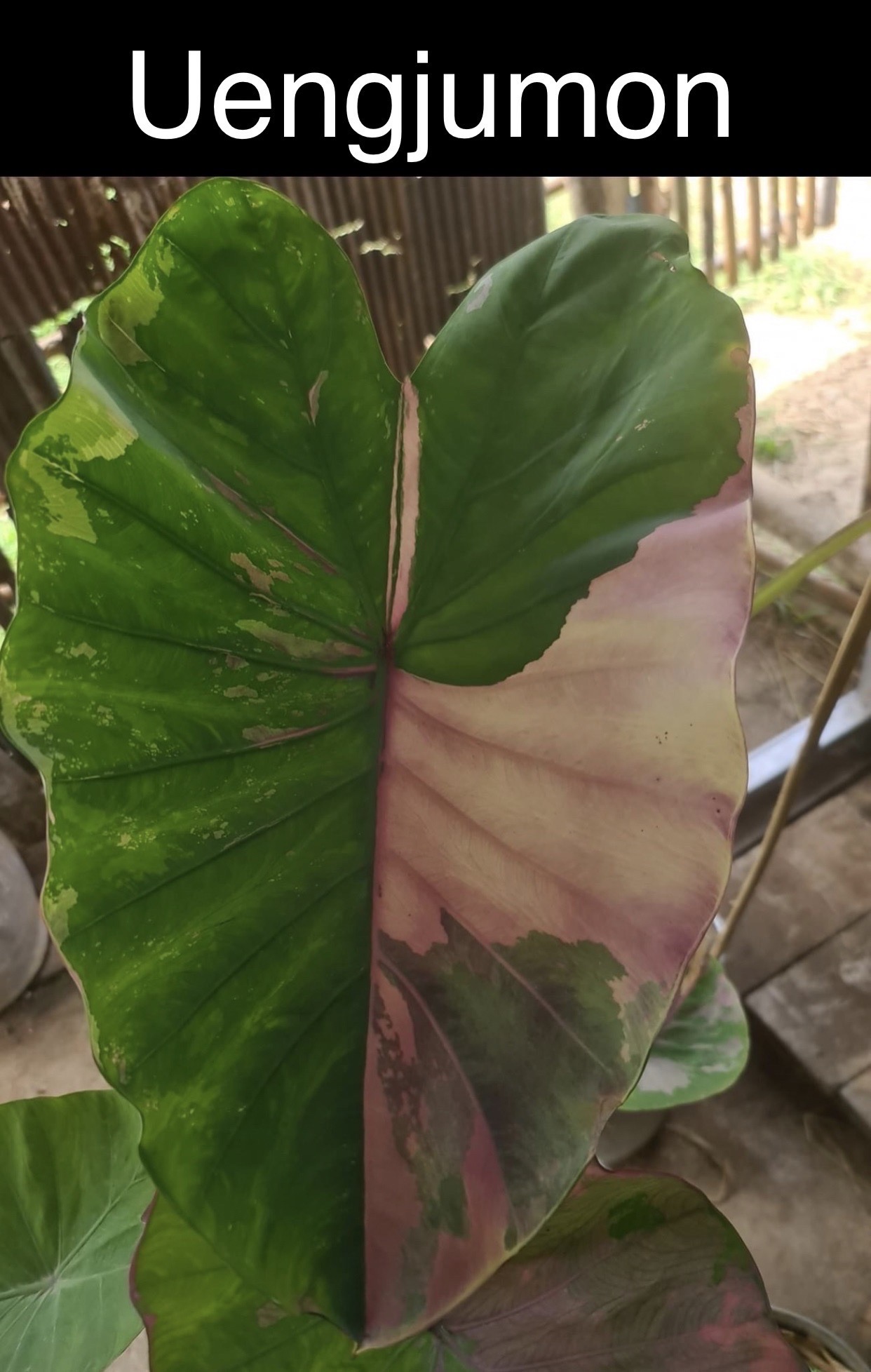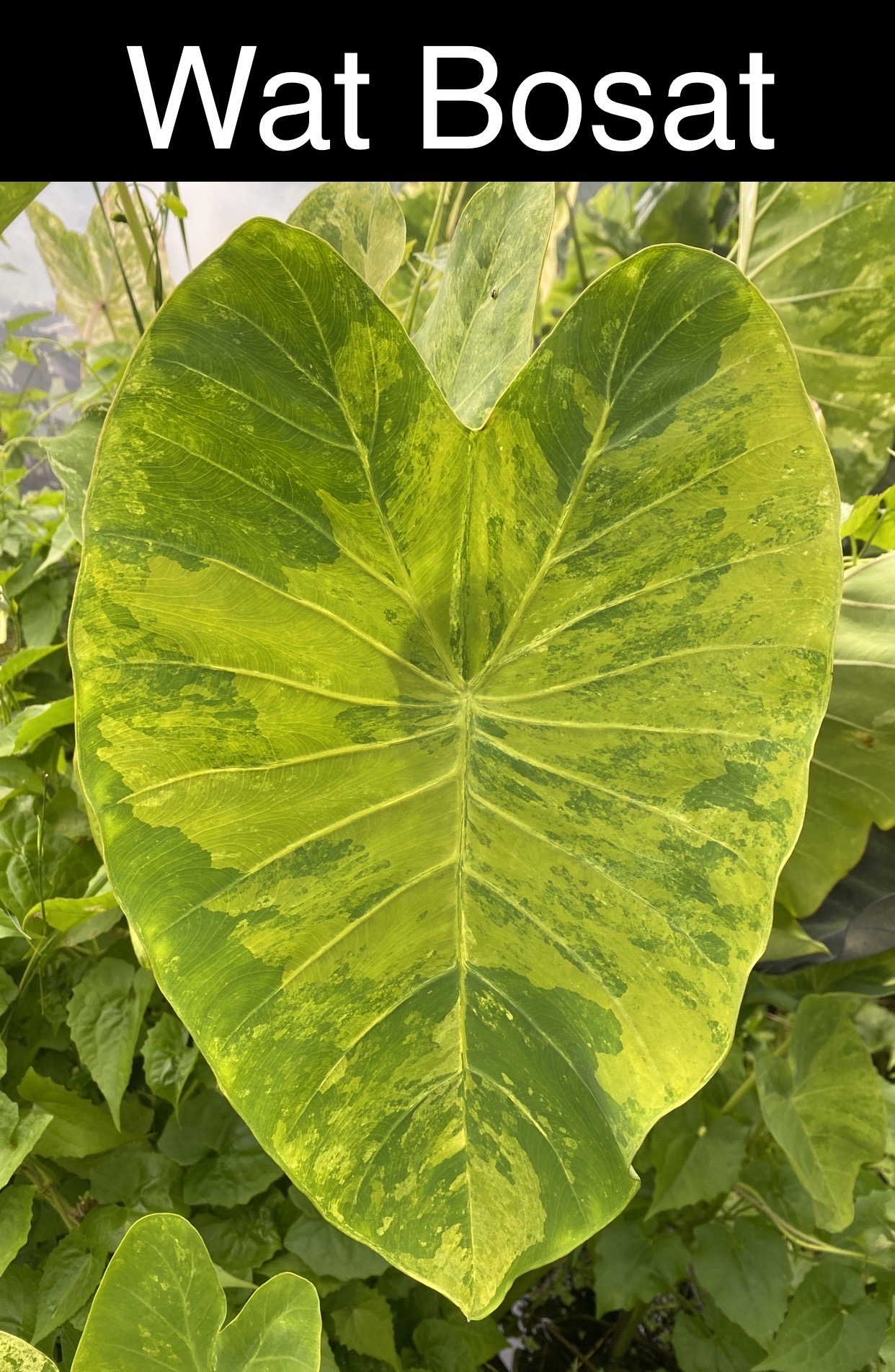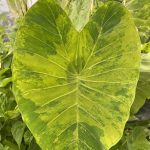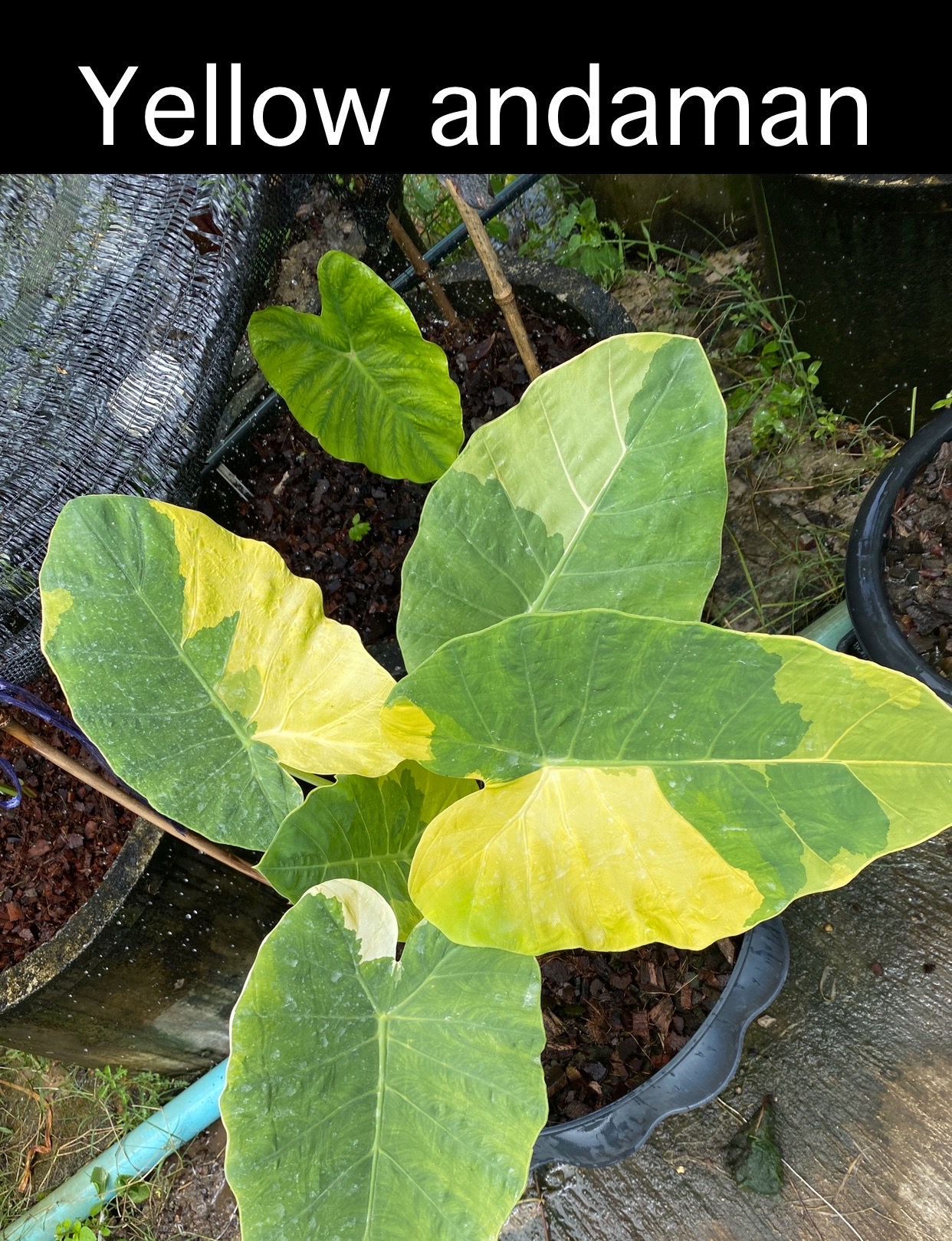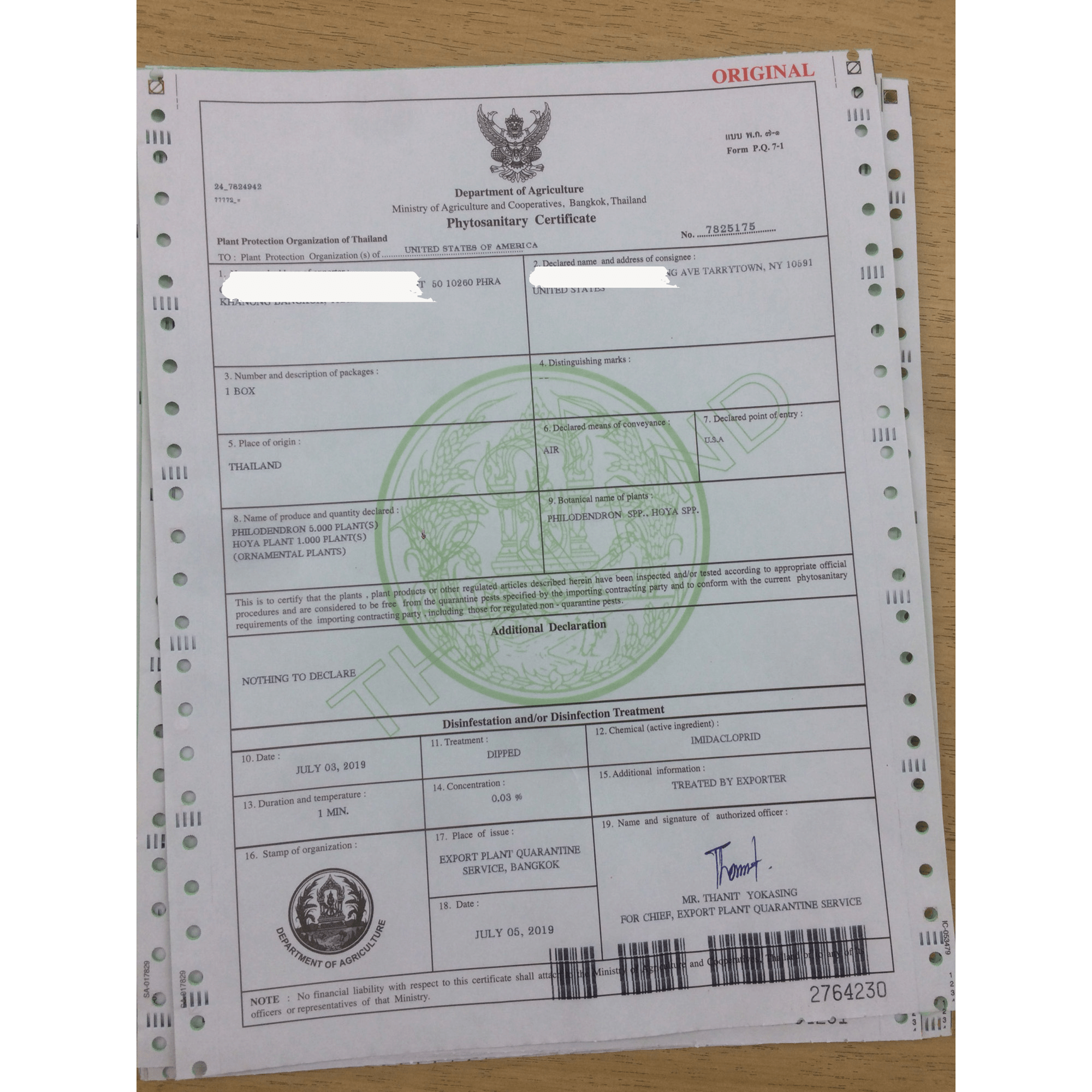Colocasia
Showing all 21 results
Colocasia Plant Buying & Care Guide
Welcome to Greenboog’s comprehensive guide on the Colocasia plant, a stunning addition to any indoor or outdoor garden. This guide covers everything from the plant’s botanical features to its culinary uses, nutritional value, and cultural significance. Learn how to grow and care for your Colocasia, including advanced techniques like Tissue Culture Colocasia.
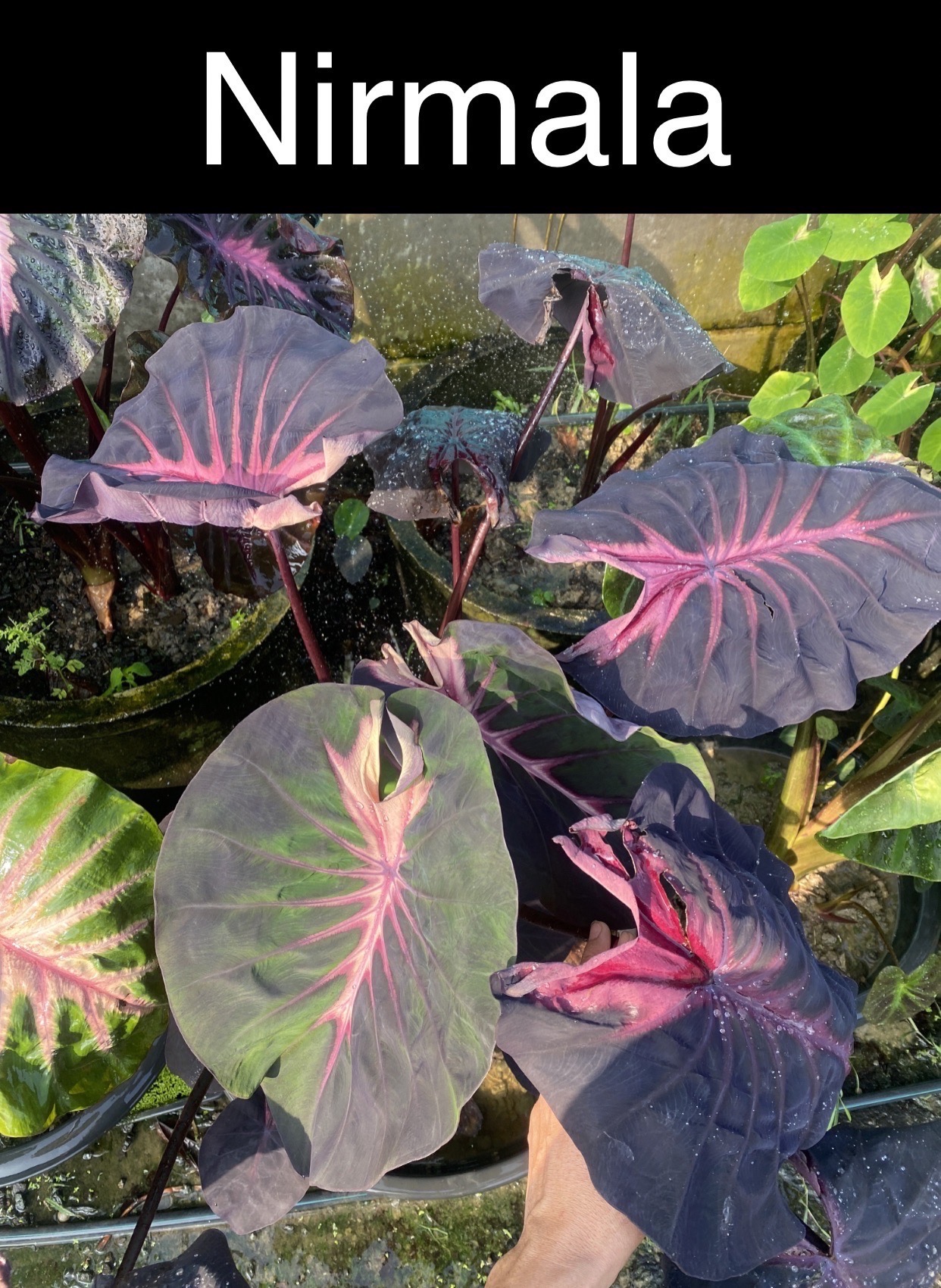
Botanical Features
Colocasia plants, often referred to as elephant ears due to their large, heart-shaped leaves, belong to the Araceae family. They are admired for their dramatic foliage, which can vary in color from deep green to striking black. The robust leaves provide a bold, tropical look, making them a popular choice among plant enthusiasts. Similar plants in our collection include Amydrium, Aglaonema, Dischidia, Homalomena, Rhaphidophora, Scindapsus, Zamioculcas zamiifolia, Sansevieria, Monstera, Philodendron, Alocasia, Anthurium, Epipremnum, and Syngonium.
Culinary Uses
In addition to their ornamental appeal, Colocasia plants have significant culinary uses. The tubers, commonly known as taro, are a staple in various cuisines around the world. They can be boiled, baked, or fried and are used in dishes ranging from savory soups to sweet desserts. Colocasia leaves are also edible when cooked properly and are often used in traditional dishes in regions where the plant is native.
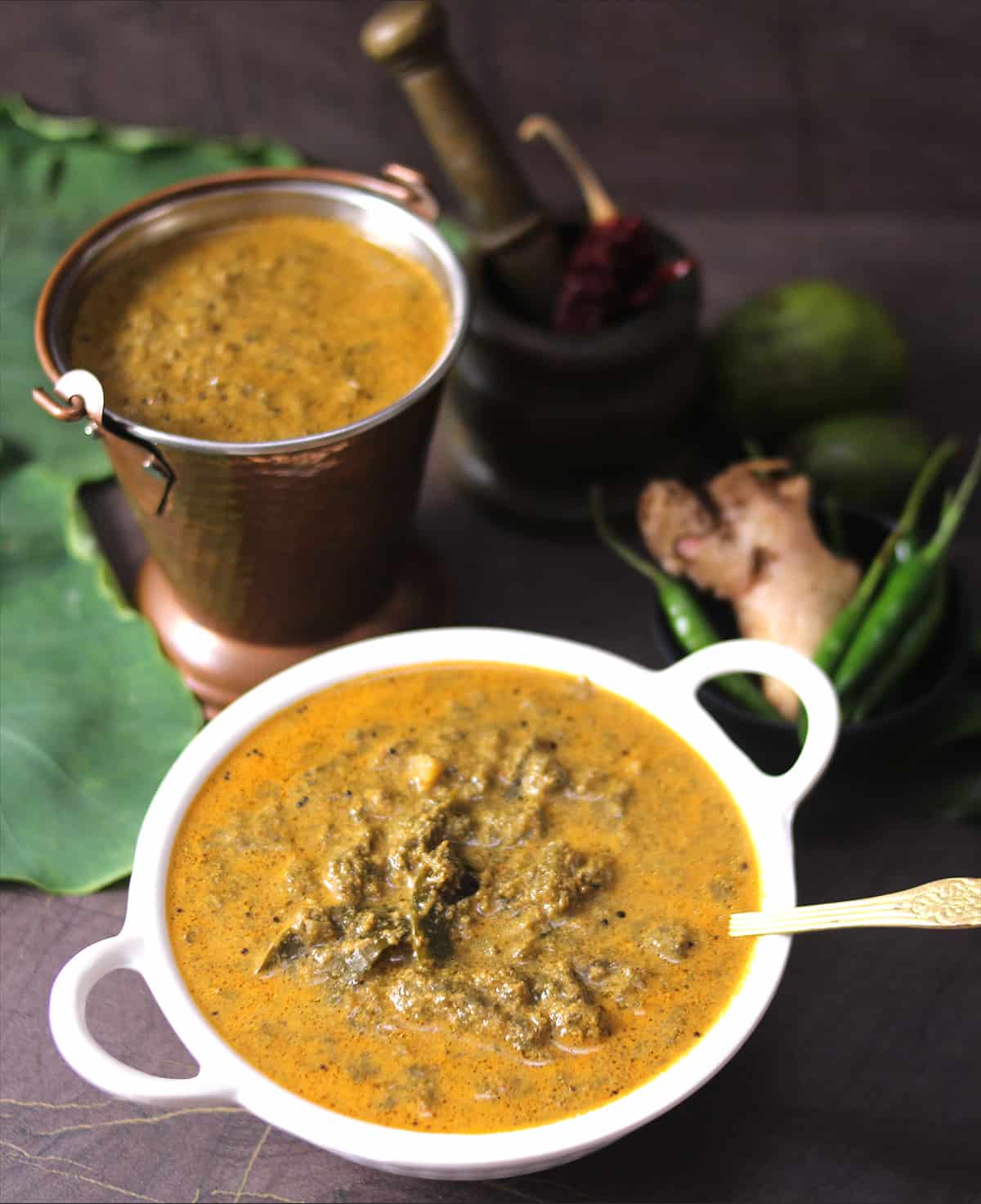
Nutritional Value
Colocasia tubers are not only versatile in cooking but also packed with essential nutrients. They are a good source of dietary fiber, vitamins (especially vitamin C and B6), and minerals such as potassium, magnesium, and iron. The nutritional richness of taro makes it a valuable addition to a balanced diet, promoting digestive health and providing sustained energy.
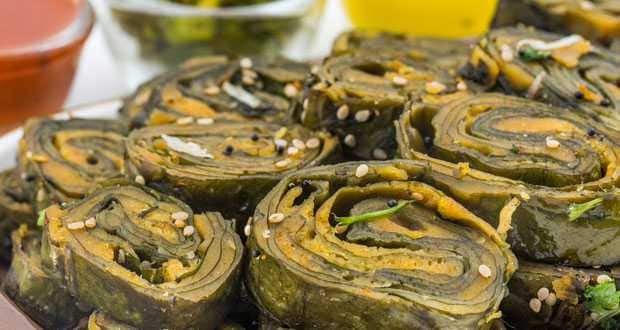
Cultural Significance
The cultural significance of Colocasia extends across various cultures. In many tropical regions, the plant is revered not only for its nutritional value but also for its symbolic meaning. It is often associated with prosperity, abundance, and resilience. In Hawaii, for example, taro (known as kalo) holds a sacred place in Hawaiian mythology and is considered the plant of life, deeply intertwined with the island’s heritage.

Grow and Care
To grow and care for Colocasia plants, it is essential to provide them with a warm, humid environment and well-draining soil. They thrive in partial shade to full sunlight, depending on the variety. Regular watering is crucial, but it’s important to avoid waterlogged soil to prevent root rot. Fertilize the plants monthly during the growing season to support their lush growth. For advanced propagation, techniques like Tissue Culture Colocasia can be employed to produce multiple plants from a single specimen, ensuring genetic consistency and health.
Tissue Culture Colocasia
Tissue Culture Colocasia is a sophisticated method used to propagate Colocasia plants. This technique involves growing plant cells or tissues in a controlled, sterile environment to produce new plants. It allows for the mass production of healthy, disease-free plants, making it an ideal choice for nurseries and wholesale plant suppliers. At Greenboog, we offer a variety of Colocasia plants propagated through tissue culture, ensuring you receive robust and vigorous specimens.
For those interested in expanding their plant collection, we also offer Rare Variegated Plants, Ferns (Platycerium), and other aroid varieties like Philodendron, Monstera, and Alocasia. Whether you’re a hobbyist or a professional looking for Wholesale Plants, Greenboog provides a wide selection to meet your needs.
Enhance your garden with the exotic charm of Colocasia and explore the diverse world of tropical plants with Greenboog.

